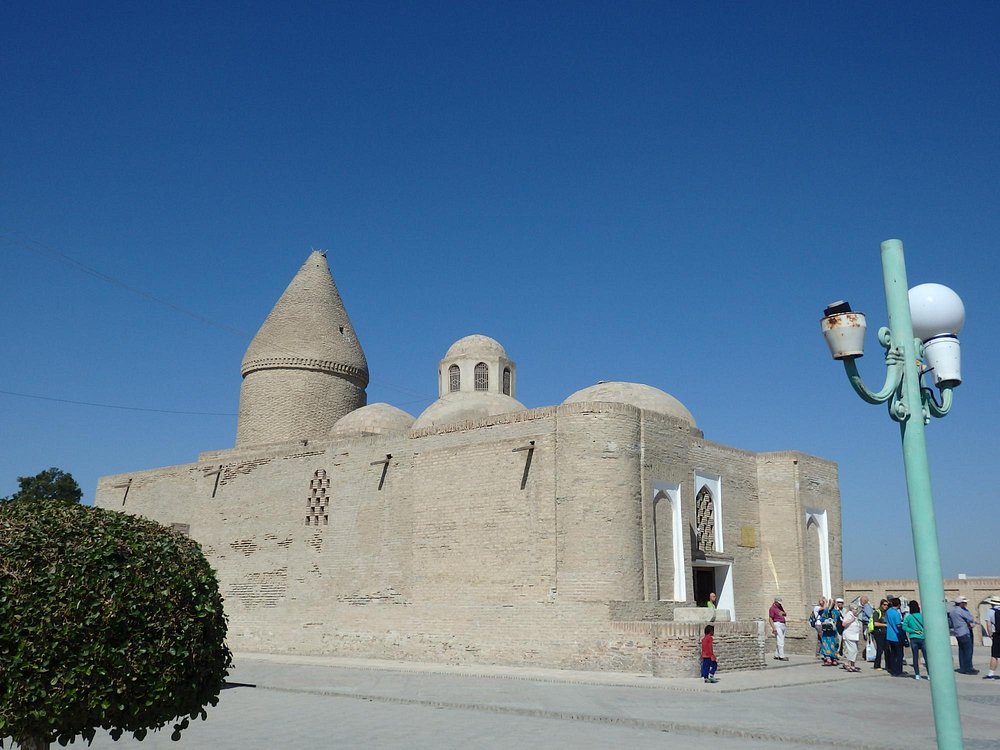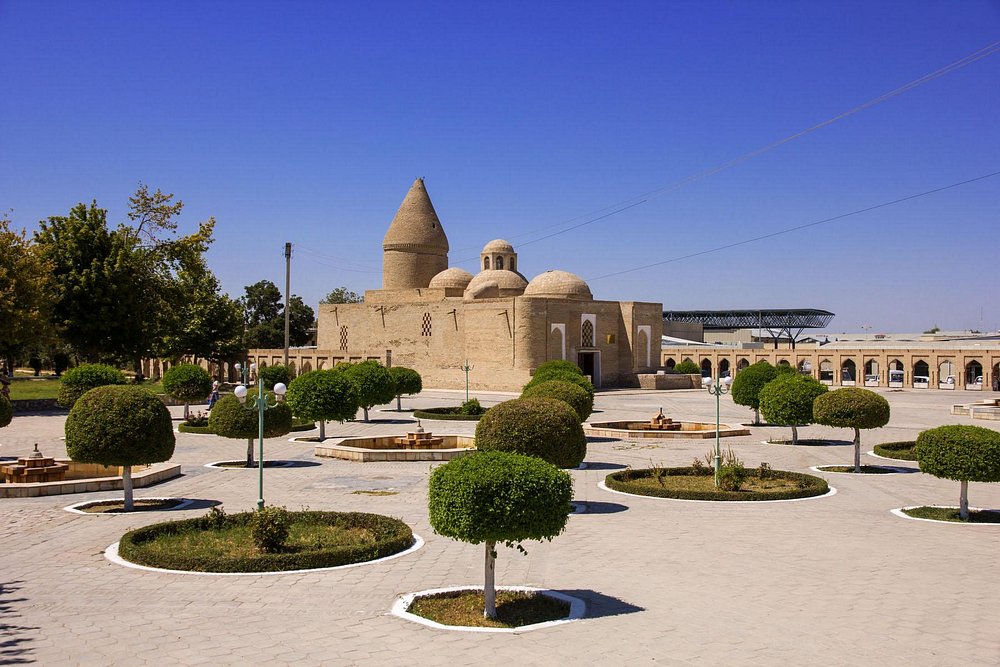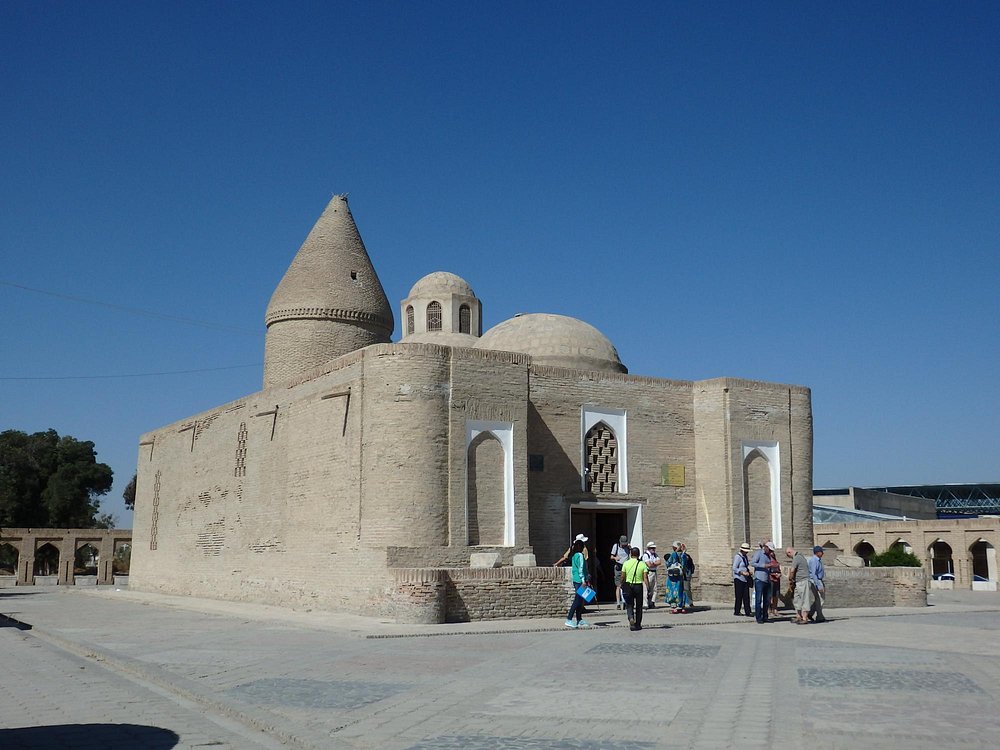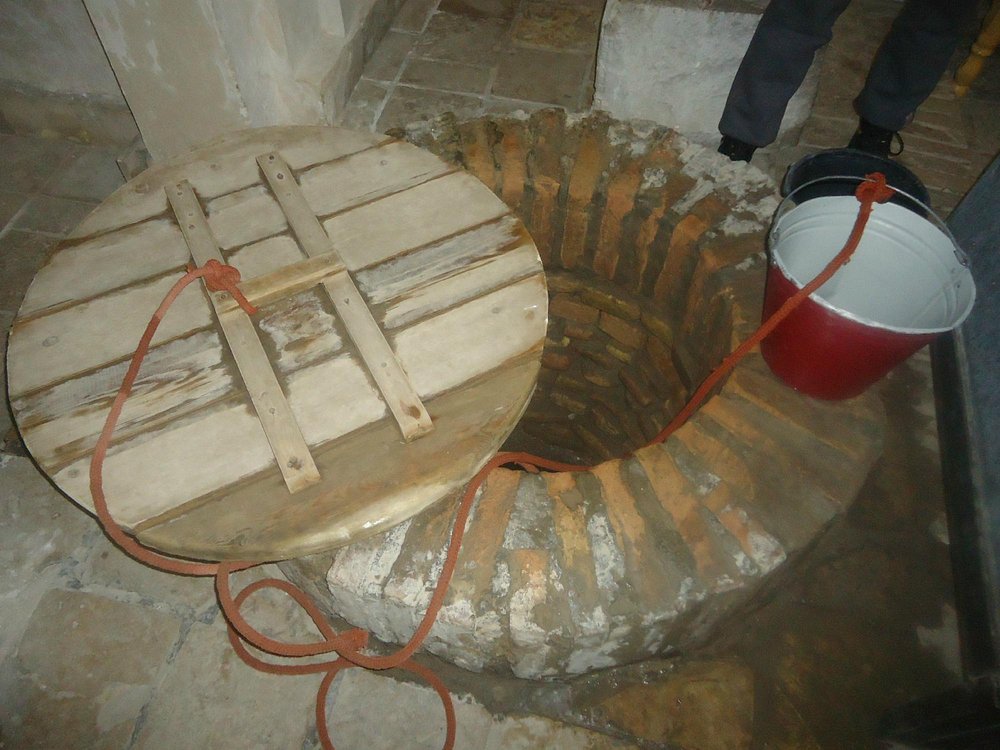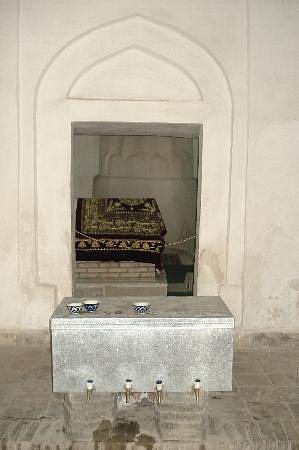Mausoleum of Chashma Ayub in Bukhara
The name of the Chashma-Ayub mausoleum in Bukhara (and the well of the same name) translates as "The Source of Job." In Arabic, Job sounds like Ayub. The place is sacred to three religions. According to legend, even before the construction of the city of Bukhara on this site, the prophet Job came to the settlement. The locals were dying of thirst at that moment. They prayed to God for salvation from the drought. Job, heeding the requests of the suffering people, struck the ground with his staff — and a well with the purest cool water appeared at the place of impact. Thanks to the magical appearance, the locals have been attributing new wonders to the well from century to century. It is believed that the water from the well is curative and capable of fulfilling desires. The Orthodox Church of Bukhara regularly reads akathists at this place.
The mausoleum building rises directly above the well. The sacred water from the well is extracted in an ancient way — using a bucket on a rope. The structure has the shape of a prism. The architectural masterpiece of Chashma Ayub is decorated with majestic domes, different in shape. The main dome, resembling a double tent, is located exactly above the source. The austere architectural appearance without colored domes and ornate patterns makes the mausoleum stand out from many other similar structures in the city, more solemn and delicate. Chashma Ayub is filled with the mysterious charm of simplicity that fascinates guests of Bukhara.
History
The mausoleum was built during the reign of the Karakhanid dynasty, in the 12th century. Two centuries later, Amir Temur decided to continue what his predecessors had begun and hired the best craftsmen to transform and improve the building. The architects who worked to create the majestic appearance of the architectural monument were brought from Khorezm from Shakhrisabz, their individual unique style can be traced in many features of the structure.
Over the course of five centuries, from the 14th to the 19th centuries, the mausoleum was repeatedly reconstructed and redone. There are a number of graves on its territory. The grave of Khoja Hafiz Gunjori is considered to be the oldest of them. The famous scientist and theologian was buried here in 1022.
Currently
Today, the mausoleum is interesting not only for its ancient tombstones, but also for its Museum of Water. According to the museum exhibits, it is possible to study in detail how the process of formation and establishment of water supply in the region took place. Here you can see ceramic water pipes dating back to the 18th and 19th centuries, a huge variety of all kinds of containers made of leather, glass and other materials, which were intended strictly for water; models of reservoirs and other facilities. In the museum you can trace the history of water supply for 10 centuries. The water Museum also vividly shows the history of the Aral Sea tragedy: with maps of the advancing desert and sad photographs. The unique carpet exhibition, which is held on the territory of Chashma-Ayub, is of great interest to tourists.
It is said that if you come to this sacred place and drink the healing water from the spring, wise Ayub will help solve all the troubles of life and get rid of health problems. Tour guides advise you to make wishes while drinking. Tourists who have been there recommend taking drinking utensils with you — public mugs do not inspire confidence. According to locals, the sacred water is not as salty as in other local springs, here it has a sweet taste of mountain spring water.
